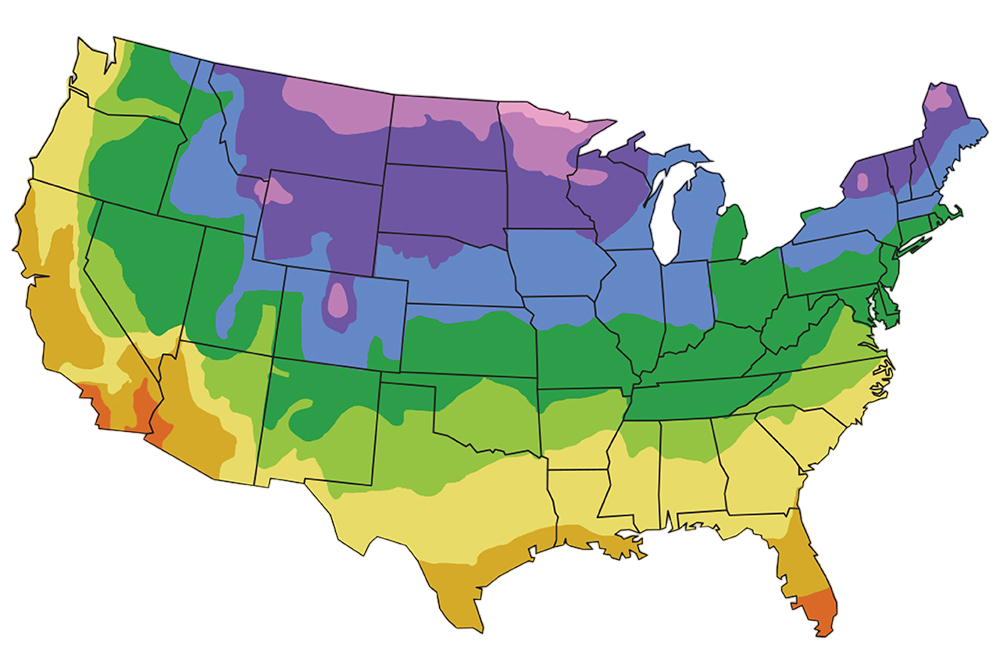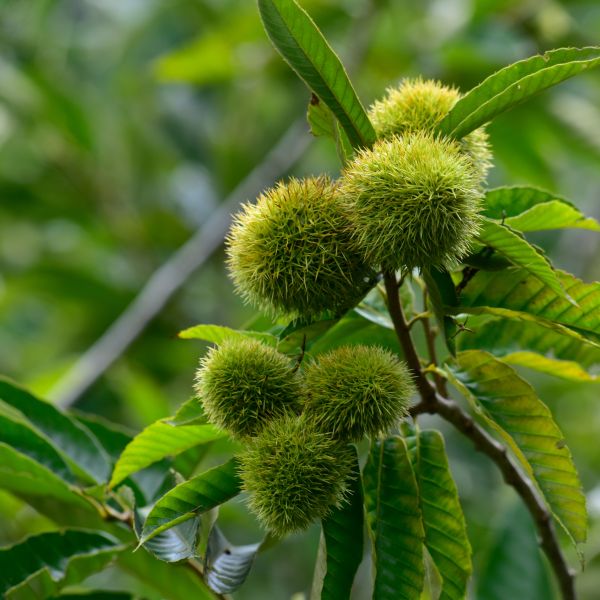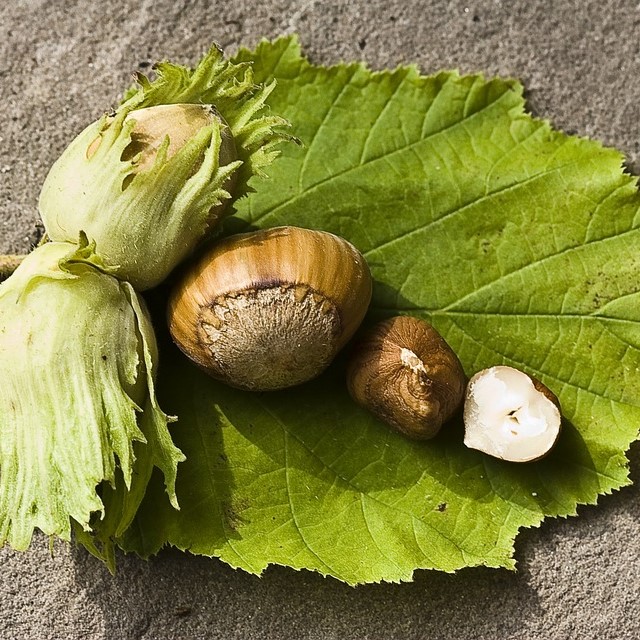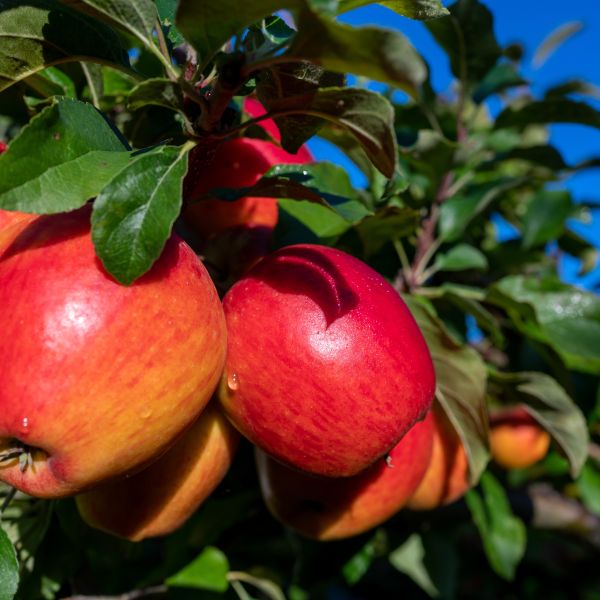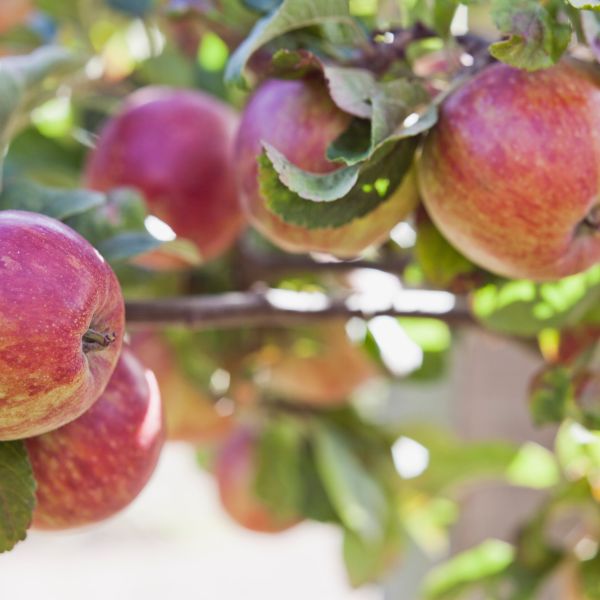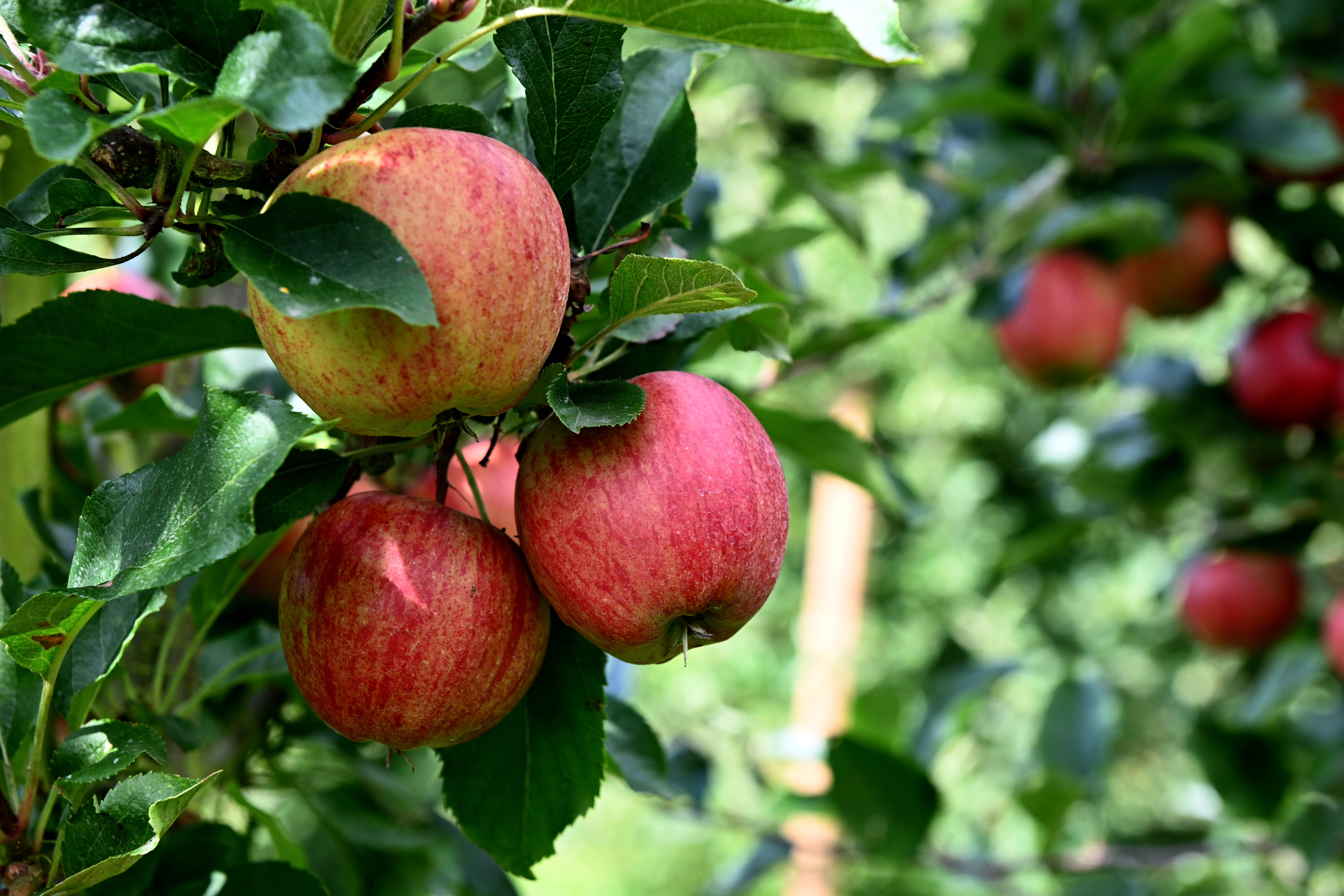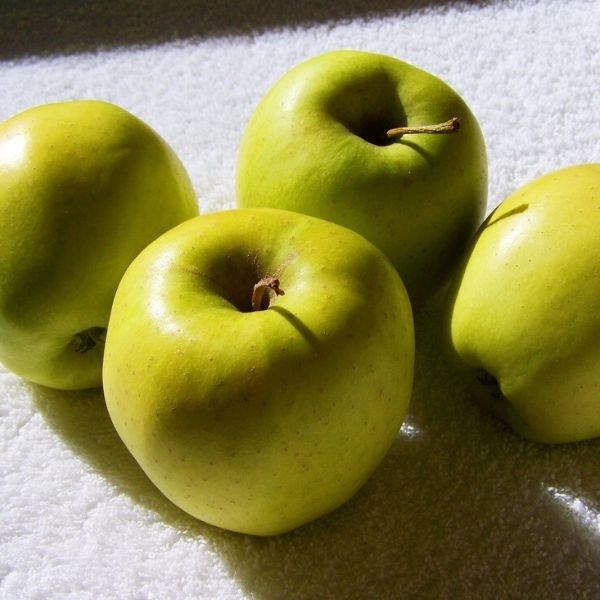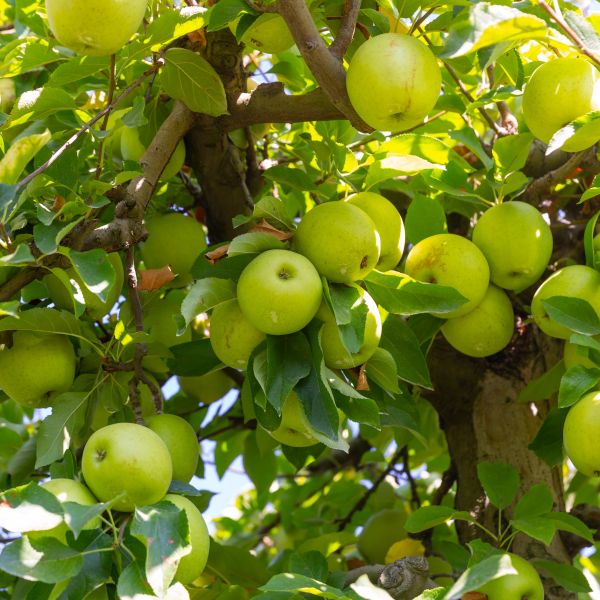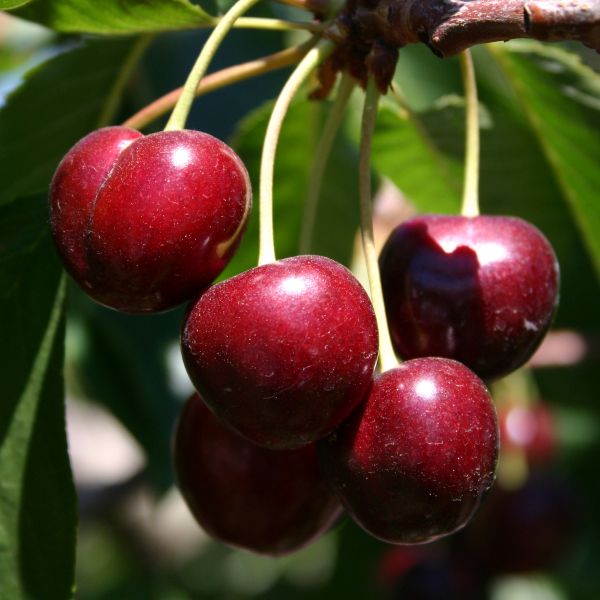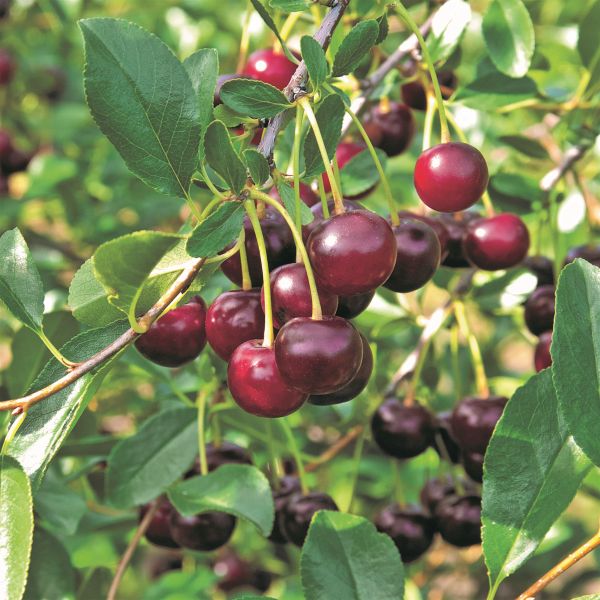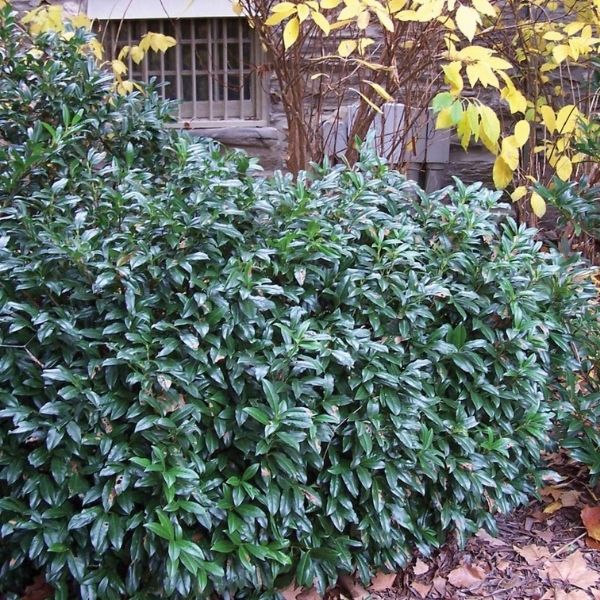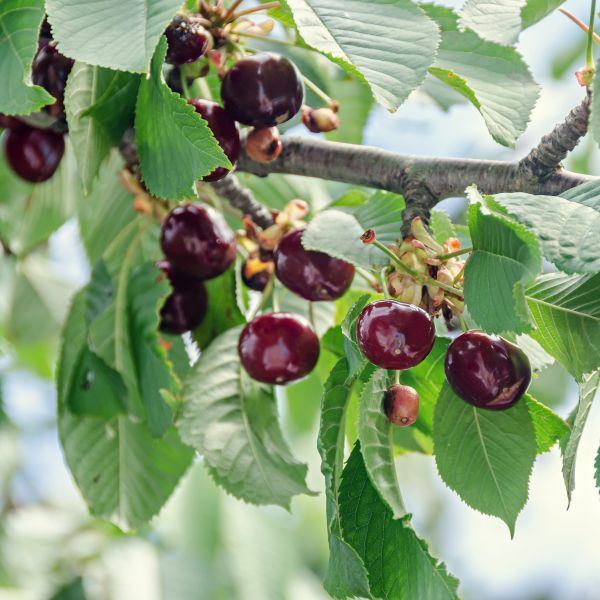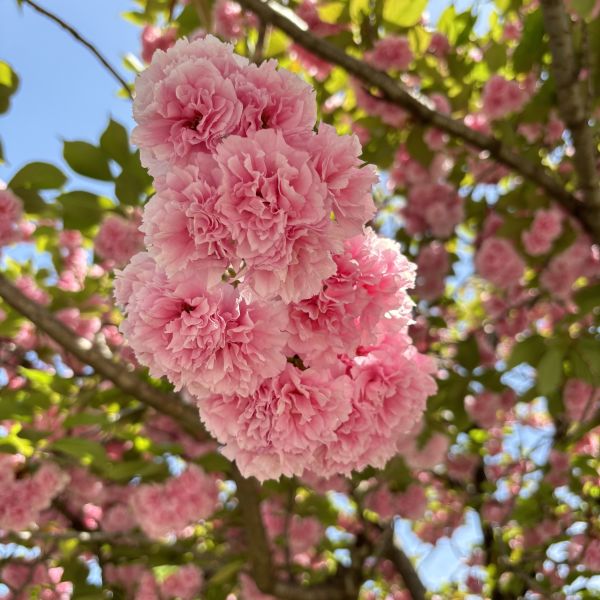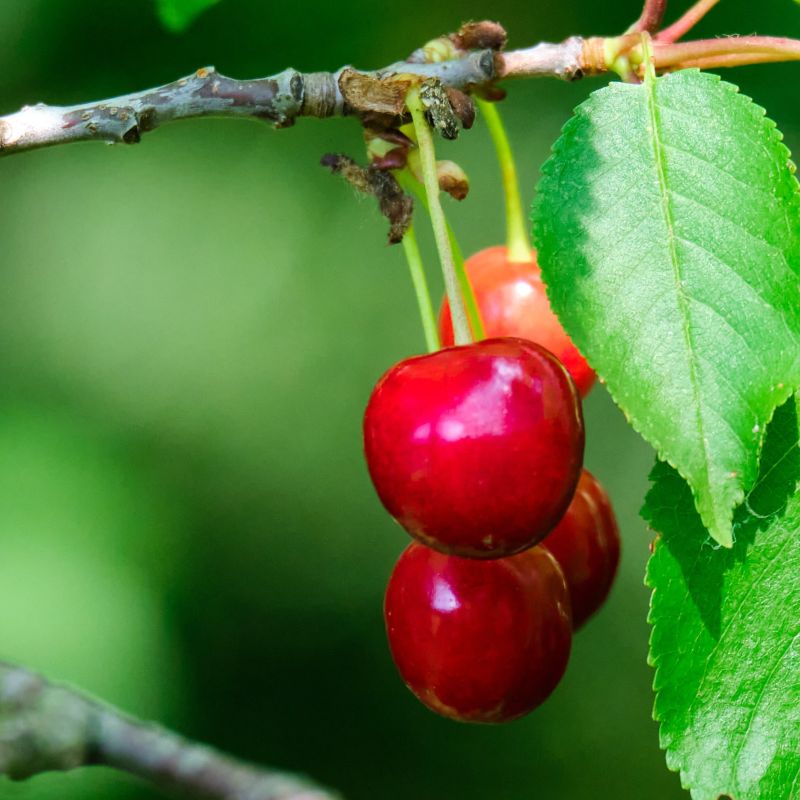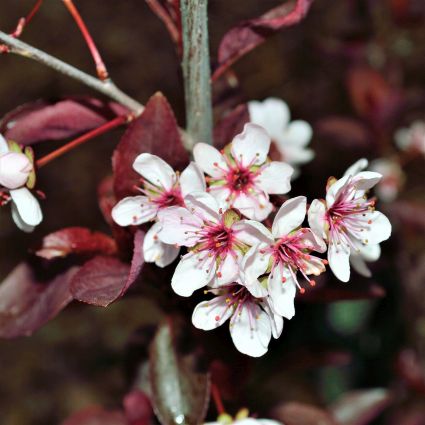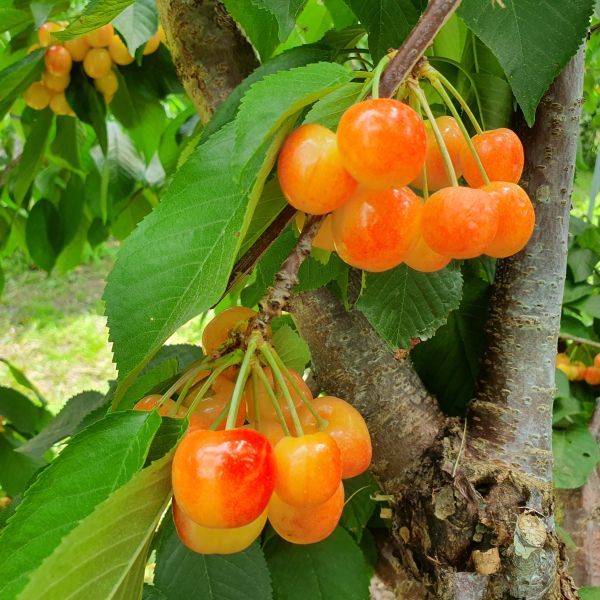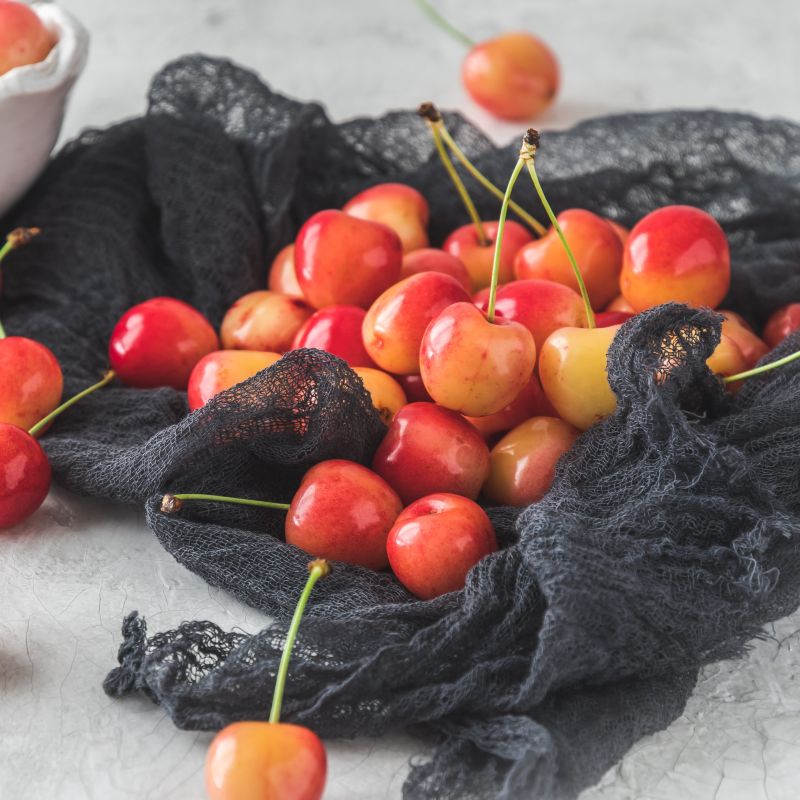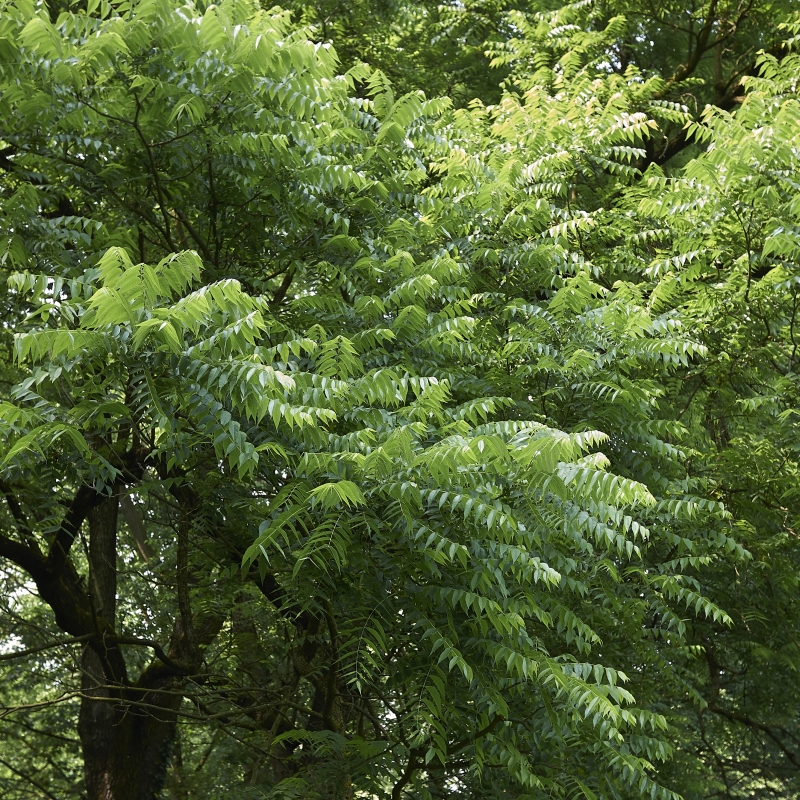
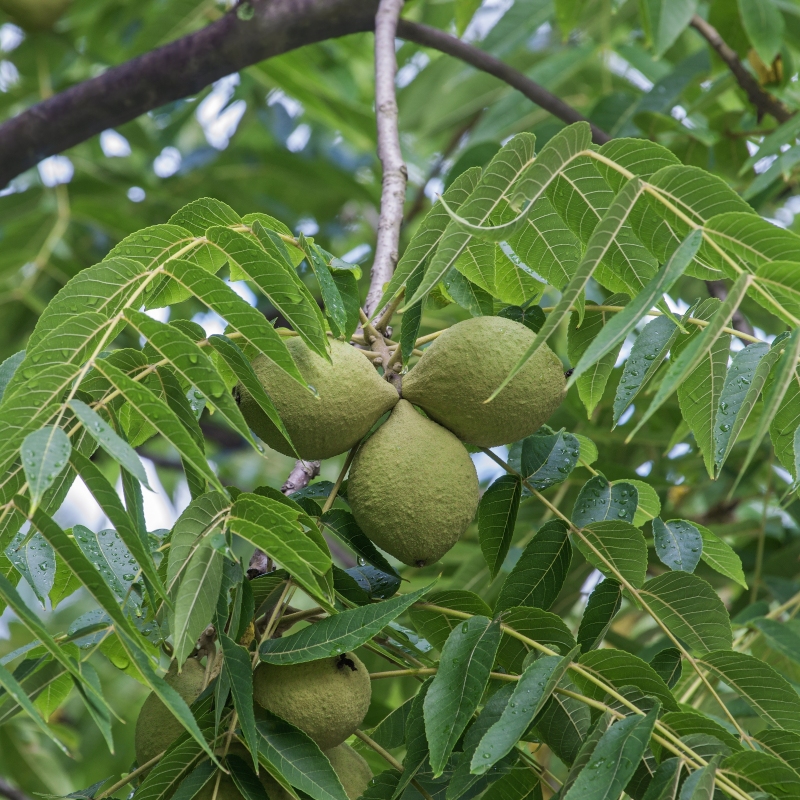

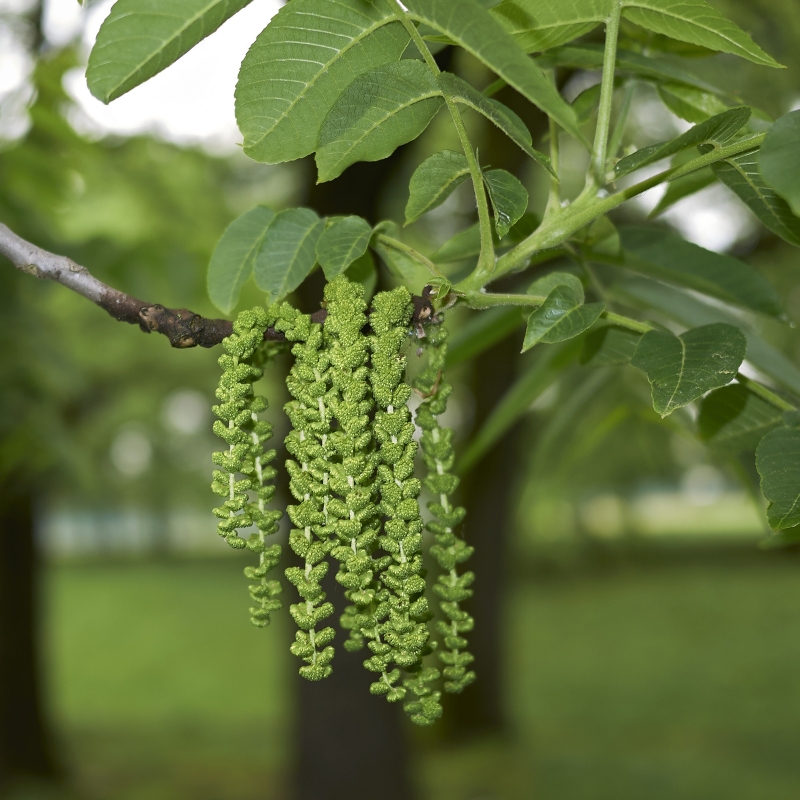
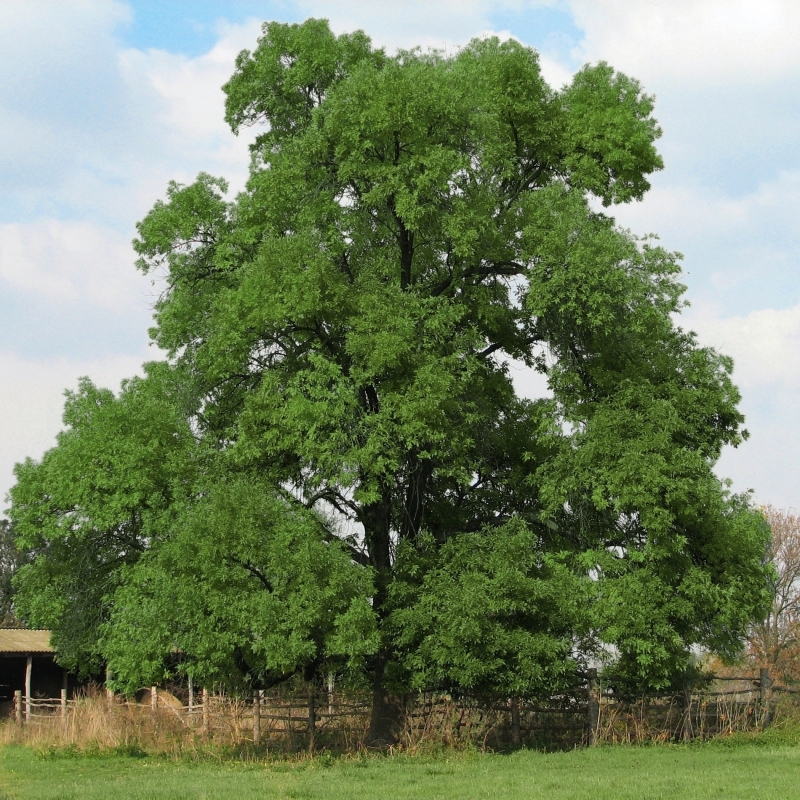
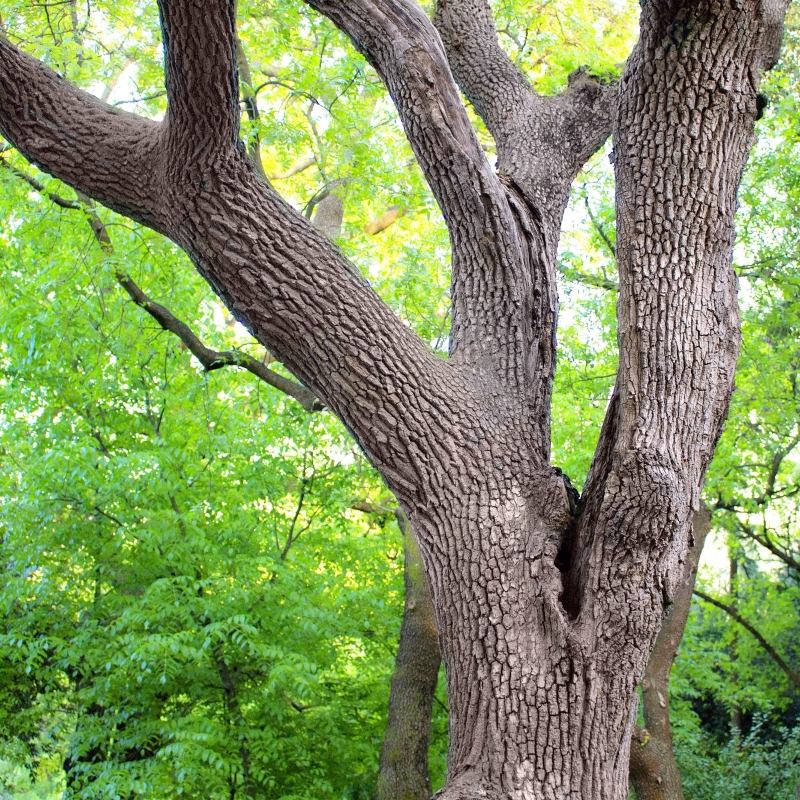
Black Walnut Tree
Juglans nigra Black Walnut
15 reviews
Black Walnut Tree
Juglans nigra Black Walnut
15 reviews
- Produces high-quality wood that is highly prized for furniture and cabinetry
- Produces edible nuts that are delicious and nutritious
- Has a beautiful appearance with a tall, straight trunk and unique bark texture
- Recommended by landscape designers for optimal fit in real yards
$86.00
$123.00
30% Off
- Ships to 43215 in 3-5 Days
- Free Shipping Over $150
- Plant Arrival Guarantee
- In Stock
- Free Plant Consult
$200 - Landscape-Approved: Every Plant We Sell Comes With Design Expertise Behind It
Trade 3 Gallon
We are sorry, product is currently out of stock due to seasonal availability. Please check the "Related plants available in your area" section below
Not just beautiful - intentionally selected by ShrubHub's 3D landscape design team to fit real-world spaces and maximize yard potential.
Why Black Walnut Tree?
The Black Walnut tree (Juglans nigra) is prized for its valuable hardwood and edible nuts. It can grow up to 100 feet tall and has a spreading canopy of dark green foliage. The nuts are encased in a hard, thick shell and have a rich, flavorful taste. The wood is highly sought after for furniture making due to its strength, durability, and attractive grain.
Related plants available in your area
Sunlight
Black Walnut Trees thrive in full sun, requiring at least 6-8 hours of direct sunlight daily. They can tolerate some shade, but may not grow as quickly or produce as many nuts. Planting them in a sunny location will ensure optimal growth and nut production
Watering
Black Walnut Trees require regular watering during the first few years after planting to establish a strong root system. Once established, they are somewhat drought-tolerant and only need occasional deep watering during prolonged dry periods. Avoid wetting
Fertilizing
Black Walnut Trees require a balanced fertilizer with a higher nitrogen content for adequate growth. They also require regular applications of lime to maintain soil pH levels. Additionally, organic matter such as compost can be applied to improve soil fert
Black Walnut Tree (Juglans nigra Black Walnut)
The Black Walnut Tree, scientifically known as Juglans nigra, is a large deciduous tree that is native to North America. It is prized for its high-quality wood, flavorful nuts, and ornamental value.
Features:
- Wood: Black Walnut wood is highly valued for its strength, durability, and rich color. It is commonly used in furniture making, cabinetry, and flooring.
- Nuts: Black Walnuts have a thick, hard shell and a rich, buttery flavor. They are often used in baking and cooking, or eaten as a snack.
- Ornamental Value: The Black Walnut Tree has a stately appearance with its tall, straight trunk and spreading canopy. It provides shade and beauty to landscapes.
Care Tips:
Black Walnut Trees prefer full sun and well-drained soil. They are relatively low-maintenance once established, but may require occasional pruning to maintain their shape and health.
Uses:
- Woodworking: Black Walnut wood is prized for its beauty and versatility in woodworking projects.
- Culinary: The nuts of the Black Walnut Tree can be harvested and used in a variety of recipes.
- Ornamental: The Black Walnut Tree makes a beautiful addition to any landscape with its graceful form and attractive foliage.
Overall, the Black Walnut Tree is a valuable and versatile plant that can be enjoyed for its aesthetic appeal, wood products, and delicious nuts.
Plant Information:
| Botanical Name: | Juglans nigra Black Walnut |
| USDA Zones: | 4 - 9 |
| Mature Height: | 75 ft |







Pollination Info
Black Walnut Tree (Juglans nigra) Pollination Info
The black walnut tree is monoecious, meaning it has separate male and female flowers on the same tree. The male flowers are small, green catkins that develop in the spring, while the female flowers are tiny and inconspicuous. The female flowers develop into fruit, which are the familiar round, green-black walnuts that we see in the fall.
Black walnut trees are wind-pollinated, meaning that the pollen is spread by the wind from the male flowers to the female flowers. Because of this, black walnut trees can be planted relatively close together for pollination purposes. However, having multiple black walnut trees in the area will increase the chances of successful pollination and higher nut yields.
It is important to note that black walnut trees produce a chemical called juglone, which can inhibit the growth of certain plants, such as tomatoes, potatoes, and peppers. When planting black walnut trees, be mindful of the potential allelopathic effects on nearby plants.
FAQ
Black Walnut Tree (Juglans nigra) FAQ
Q: How tall do Black Walnut Trees grow?
A: Black Walnut Trees can grow up to 100 feet tall.
Q: What are the ideal growing conditions for Black Walnut Trees?
A: Black Walnut Trees prefer well-drained soil and full sun. They can tolerate a variety of soil types but thrive in deep, fertile soil.
Q: How fast do Black Walnut Trees grow?
A: Black Walnut Trees have a moderate growth rate, typically growing between 1-2 feet per year.
Q: Do Black Walnut Trees produce nuts?
A: Yes, Black Walnut Trees produce edible nuts that are enclosed in a thick, hard shell.
Q: Are Black Walnut Trees susceptible to any diseases or pests?
A: Black Walnut Trees are susceptible to a variety of diseases and pests, including Thousand Cankers Disease, walnut caterpillars, and walnut husk flies.
Q: How do I propagate Black Walnut Trees?
A: Black Walnut Trees can be propagated from seeds, root cuttings, or grafting.
Q: When is the best time to prune Black Walnut Trees?
A: It is best to prune Black Walnut Trees in late winter or early spring while the tree is dormant.
Planting & Care
Planting & Care for Black Walnut Tree (Juglans nigra)
Planting
1. Choose a location with well-draining soil and full sun for your black walnut tree.
2. Dig a hole that is twice as wide and just as deep as the root ball of the tree.
3. Place the tree in the hole, making sure the roots are spread out and not cramped.
4. Fill in the hole with soil, tamping it down gently to remove any air pockets.
5. Water the tree thoroughly after planting.
Care
1. Water your black walnut tree regularly, especially during dry periods. Make sure the soil is evenly moist but not waterlogged.
2. Mulch around the base of the tree to help retain moisture and suppress weed growth.
3. Fertilize the tree with a balanced fertilizer in the spring before new growth appears.
4. Prune any dead or diseased branches to promote healthy growth.
5. Protect your tree from pests and diseases by regularly inspecting it for any signs of trouble.
Harvesting
Black walnuts are typically ready to harvest in the fall when the outer green husk turns brown and starts to crack.
Remove the husks by wearing gloves and placing the nuts in a bucket of water to soak overnight.
Dry the nuts for several weeks before cracking them open to reveal the delicious nut inside.
By following these planting and care tips, you can enjoy a healthy and productive black walnut tree in your garden.
Check Out These Verified Customer Reviews:
Customer Reviews
4.8 out of 5 based on 15 reviews
Thank you! Your review has been submitted.
Beautiful tree, arrived in perfect condition.
Healthy, high quality plant. Very happy.
Item appearance exceeded expectations.
Item has been added to your cart.

